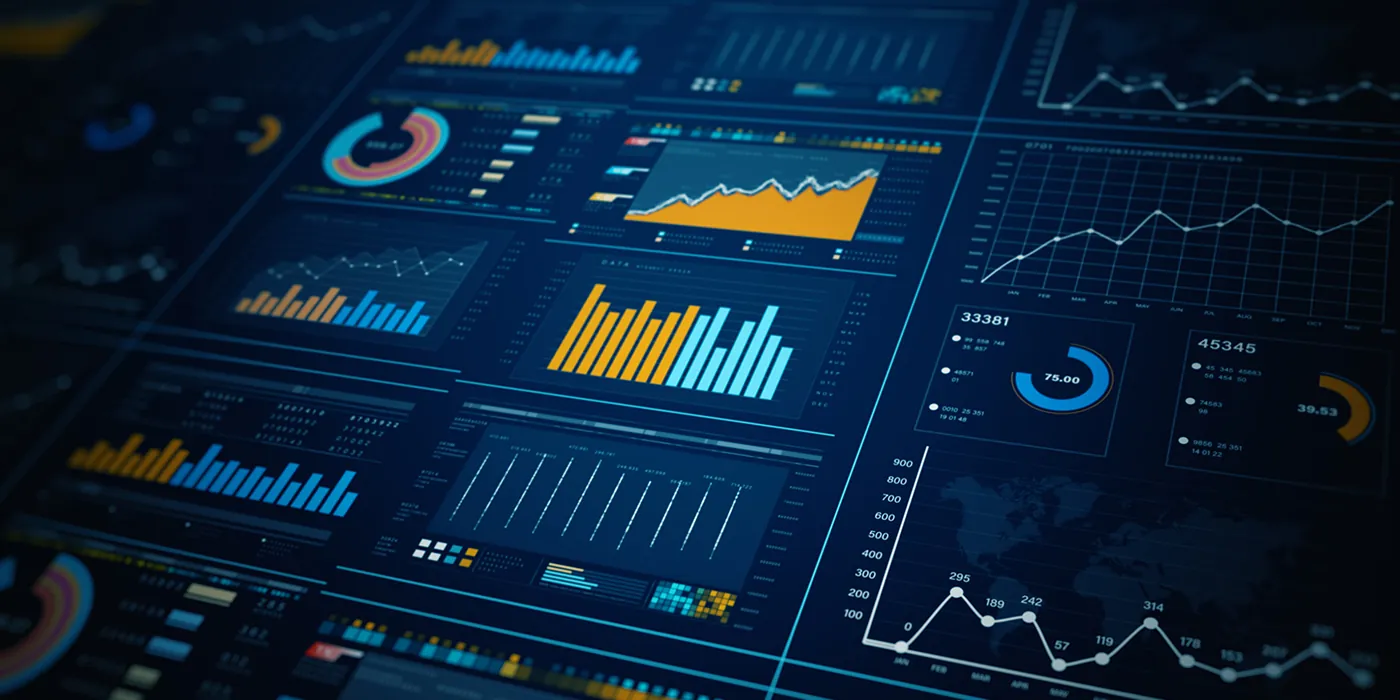Data Transformation to Enable Advanced Analytics and AI
Our client needed a modern, transformative data architecture to reach the next level of analytics, including AI.

Through data science, we helped our client uncover a potential $2 million revenue uplift and better understand demand seasonality.

Our client, a national manufacturing and distribution company, sells hundreds of products through multiple channels. With so many SKUs to manage, they needed a better method for understanding pricing curves and demand fluctuations. Data science seemed like a possible solution but wasn’t something they had experience with. The task was clear – build a proof of concept with data science models to identify areas of significant revenue opportunity while gaining experience and expertise with data science.
While the client had a desire to invest in data science, they had no clear path to doing so. And, like many companies, they wanted to ensure there was a significant ROI before making an investment.
With so many lines of business, compounded by several distribution channels, the client had a mass of data that made getting started on any sort of modeling project very difficult.
As the client had little experience in data science, they had yet to develop a clear vision and approach to running data science projects.
Because this was their first time running a data science proof-of-concept, the client had an even keener focus on finding a tangible ROI than for other initiatives. It was crucial that this first experience gave a positive impression of the usefulness of data science.
With clear business goals in mind, we were quickly able to turn around the two proof of concept models to yield real value.
Because of their large product array and long history in the industry, our client had too much data to use in a proof of concept. We began by selecting a subset of current data related to their more popular products and cleaning it to prep for modeling.
For each of the workstreams – pricing elasticity and demand forecasting – we used the cleaned datasets, along with Sagemaker and Python to build the models, and then used Tableau to create data visualizations of the models’ output.
Both projects returned specific, actionable recommendations that could be operationalized to increase revenue and optimize product inventories.
The proof-of-concept successfully returned insights that could be used to improve both revenue and demand forecasting, lending weight to the idea of investing further in data science.
Even within the small subset of data we tested, we were able to identify 29 SKUs (out of 200 analyzed) that showed price responsivity, indicating an opportunity to adjust or experiment with pricing. This led us to a conservative estimate of around $2M in revenue uplift within a year.
Our model also showed that several products had significant seasonality in their demand. This improved forecasting will better allow the client to optimize ordering, inventory levels, and staffing levels.
Given this was a first proof of concept project at the client, we ensured they were left with actionable recommendations, project documentation, and concrete next steps such as automating data imports and expanding the dataset to find additional revenue opportunities.

Our client needed a modern, transformative data architecture to reach the next level of analytics, including AI.

Improving data quality was key to ensuring our financial services client retained data integrity and accuracy while also reducing time and money spent on after-hours issues.

The transfer of marketing leads to sales teams is critical for customer acquisition, however our client’s process was time consuming and heavily manual. RevGen built a proof-of-concept solution that automated the entire handoff.
Get the latest updates and Insights from RevGen delivered straight to your inbox.